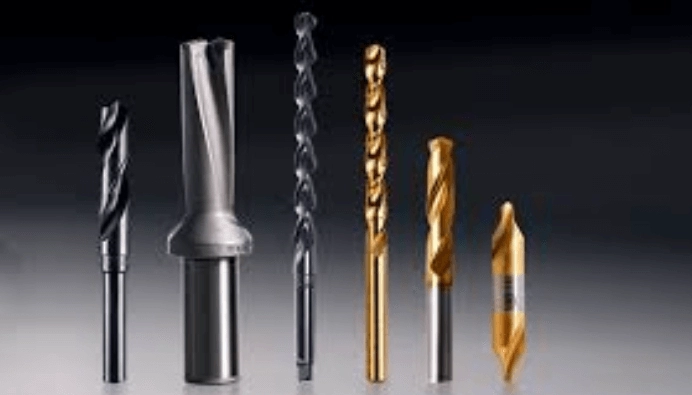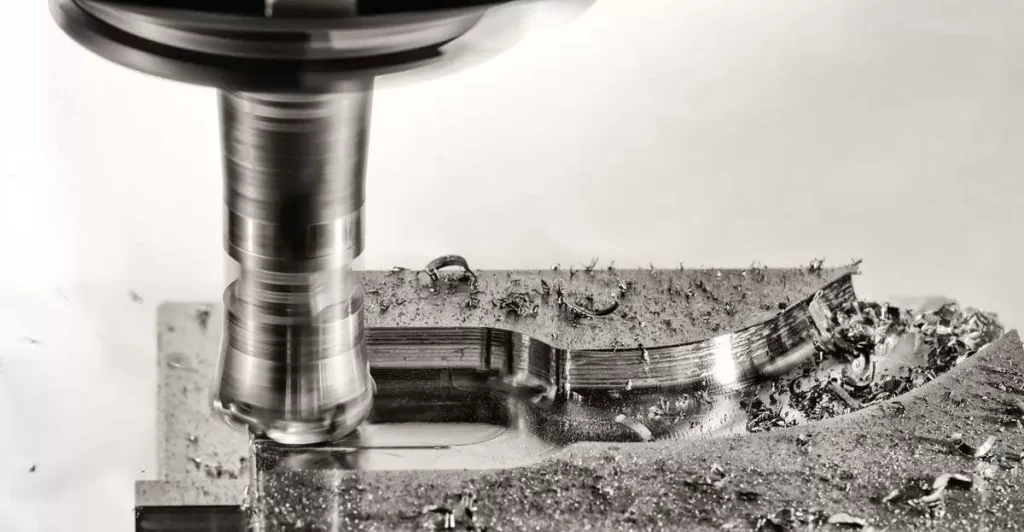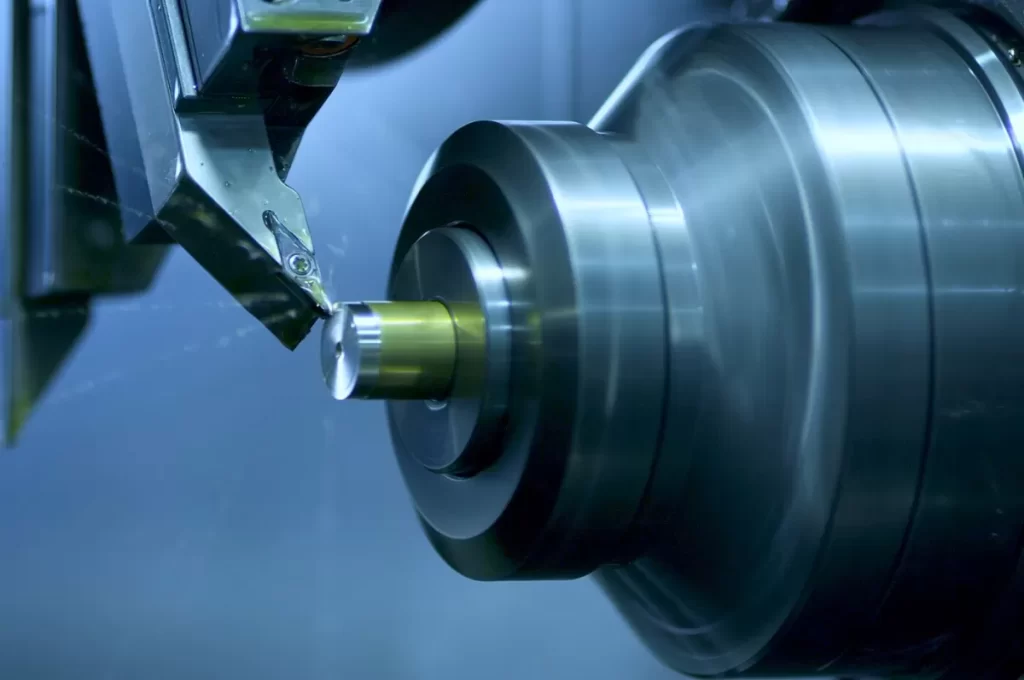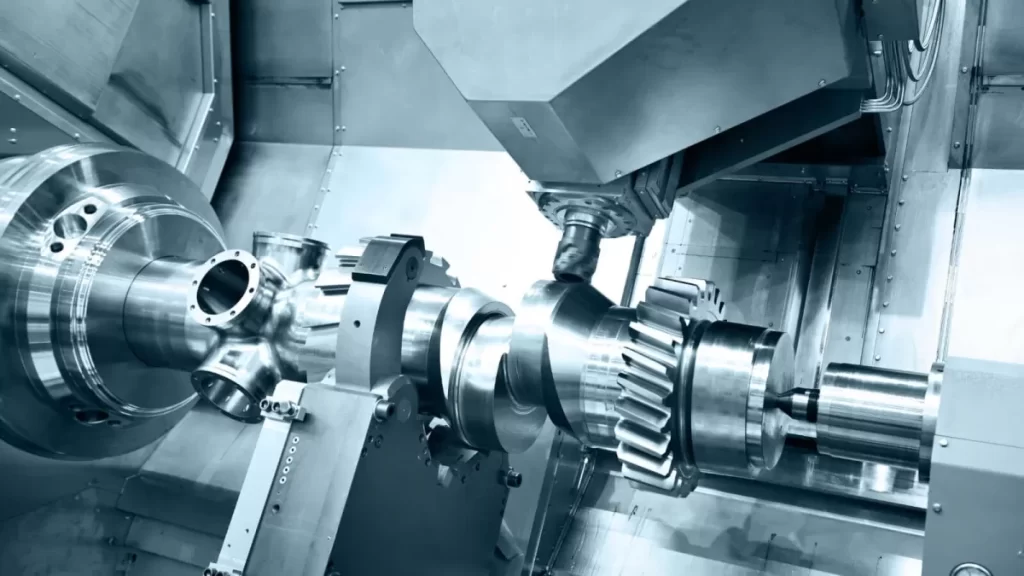Understanding Broken Taps Causes and Prevention
Broken taps can be a major headache, especially when you’re machining internal threads or working on precision parts. Knowing why taps break and how to prevent it can save you time, money, and frustration.
Common Reasons Taps Break
- Excessive Torque: Applying too much force while turning the tap can cause it to snap.
- Incorrect Tap Selection: Using the wrong tap size or type for the material or thread can lead to breakage.
- Poor Lubrication: Lack of cutting fluid or lubricant increases friction and heat, weakening the tap.
- Misalignment: If the tap isn’t perfectly aligned with the hole, it can bind and break.
- Hardened or Abrasive Materials: Tapping hard metals without the right tools or settings raises the risk of breakage.
- Worn or Damaged Tools: Using taps that are dull or damaged reduces cutting efficiency and increases breakage risk.
Best Practices to Prevent Tap Breakage
- Always choose the correct tap type and size for your material and thread specs.
- Use sharp, high-quality taps and replace them at the first sign of wear.
- Apply adequate cutting fluid to reduce friction and heat.
- Ensure the tap is perfectly aligned with the hole before starting.
- Use slow, steady pressure to avoid sudden torque spikes.
- Consider pre-drilling the hole to the right diameter to reduce tap stress.
- Clean chips and debris frequently during tapping to prevent jamming.
By understanding these common causes and following proven prevention tips, you can reduce the chance of tap breakage and keep your machining projects on track.
Tools and Materials Needed for Broken Tap Removal
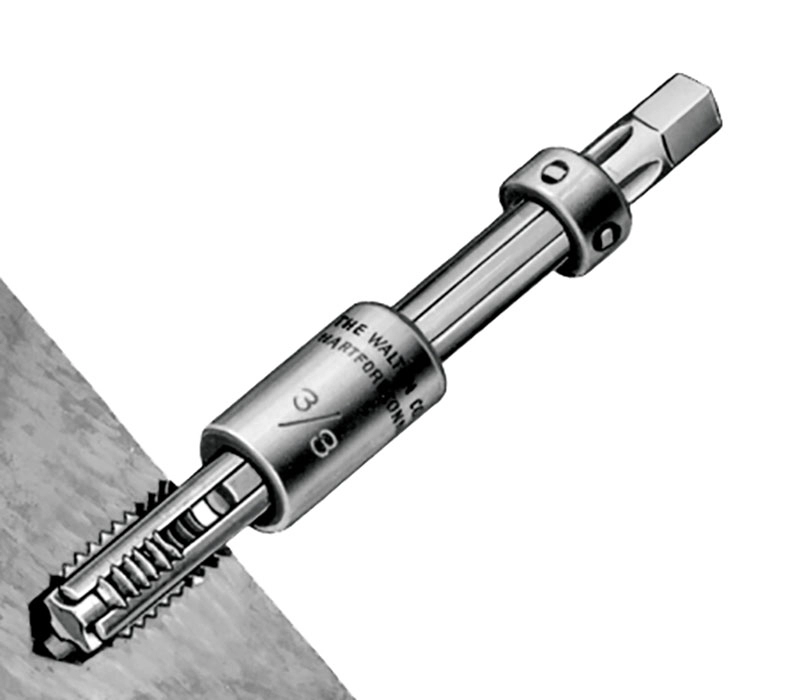
Essential Tools
To remove a broken tap effectively, having the right tools is a must. Here’s what you’ll need:
- Tap extractor tool: This specialized tool is designed to grip and pull out broken taps without damaging the hole.
- Drill and drill bits: Used if you need to carefully drill out the broken tap. Make sure to have bits sized appropriately for your specific tap.
- Pliers or locking pliers: Useful for gripping and turning larger exposed tap pieces.
- Center punch: Helps to mark the center of the broken tap before drilling, ensuring accuracy.
- Hammer and chisel: Needed if you plan to tap out the broken piece manually.
Additional Materials
These materials can help prevent damage and make removal easier:
- Cutting oil or lubricant: Applying lubricant reduces friction and heat, making removal smoother.
- Cleaning brushes: To clear debris from the hole before and after tap removal.
- Protective gloves and safety glasses: Always recommended for safety when working with tools.
- Thread repair kits: After extracting the broken tap, you might need to fix damaged internal threads, so keep a thread repair set nearby.
Having these tools and materials ready will make your broken tap removal process safer and more efficient, whether you’re dealing with common CNC tap breakage or manual tap removal.
Step-by-Step Methods to Remove a Broken Tap
Method 1 Using a Tap Extractor
A tap extractor tool is designed to grip the broken tap’s flutes so you can twist it out carefully. This method works best when the broken part is sticking out slightly and the tap isn’t too tightly stuck. It’s often the quickest and least invasive way to do broken tap removal.
Method 2 Drilling Out the Broken Tap
If the tap is broken deep inside, drilling it out is often the go-to solution. Using a small drill bit, you carefully bore into the center of the broken tap to weaken it or remove it completely. This requires steady hands and precision to avoid damaging the surrounding threads.
Method 3 Pneumatic Drill Technique
A pneumatic drill can provide controlled, high-speed tapping removal by breaking up the stuck tap with vibration and rotation. It’s especially useful for hardened or tight taps that won’t budge with hand tools.
Method 4 Chisel and Screwdriver Method
For stubborn broken taps slightly protruding, lightly tapping a chisel or flat screwdriver can sometimes loosen or break it free. This method needs a delicate touch to avoid making things worse but can be effective in certain cases of broken tap removal.
Method 5 EDM Machining
EDM (Electrical Discharge Machining) tap removal uses sparks to precisely remove the broken piece without harming the part. It’s a high-end solution ideal for very difficult cases or valuable parts where preserving the surrounding area is critical.
Method 6 Chemical Dissolution
Some chemicals can dissolve the broken tap, especially if it’s made of steel, without damaging the surrounding material. This process takes time and needs careful handling but can be useful for challenging stuck taps.
Method 7 Thermal Expansion
Applying heat to the workpiece causes it to expand, often loosening the grip on the broken tap. When it cools, you can sometimes wiggle the tap free. This is a simple method but works best when combined with others for broken tap removal.
Each method suits different situations — choosing the right one depends on the tap’s condition, location, and your available tools.
Choosing the Right Method for Your Situation
When it comes to broken tap removal, picking the right approach depends on several key factors. First, consider the tap’s size and how deeply it’s stuck. Smaller taps might be easier to extract with a tap extractor tool, while larger or more stubborn taps could require drilling out or even EDM machining. Also, the material you’re working with plays a role—harder metals might need specialized techniques like thermal expansion or chemical dissolution.
Another important factor is the available tools and your comfort level with them. Some methods like drilling or using a pneumatic drill need precision and experience to avoid damaging the workpiece. If you’re not confident, it might be safer to skip to methods like chemical dissolution or seek expert help.
When to Seek Professional Help
If the broken tap is deeply stuck, the part is expensive, or the threads must stay intact, it’s a good idea to call a professional. Experts with CNC tap breakage experience have the right tools and know-how to handle tough removals while minimizing damage. Trying to fix it yourself without the proper skills can make matters worse.
For those needing precision CNC services or tap removal service, companies like HYCNC can provide reliable solutions tailored to the job. Knowing when to step back and pass the task to specialists can save time and money in the long run.
Tips for Safe and Effective Tap Removal
Removing a broken tap can be tricky, but keeping safety and effectiveness in mind makes all the difference. Here are some practical tips to help you get the job done right:
- Wear Safety Gear: Always use safety glasses and gloves to protect your eyes and hands from metal shards and debris.
- Work Slowly and Carefully: Rushing can cause more damage or break the tap further. Take your time to avoid making the situation worse.
- Use the Right Tools: Whether it’s a tap extractor tool or a drill bit, make sure you’re using the correct size and type for your broken tap removal.
- Keep the Area Clean: Remove chips and debris regularly to maintain good visibility and prevent jams or accidents.
- Apply Penetrating Oil: This can help loosen the stuck tap, making removal smoother and reducing the risk of further breakage.
- Avoid Excessive Force: If the tap is stuck, don’t force it out. Excessive pressure could damage the workpiece or the threads.
- Cool the Work Area: When drilling or using heat-based methods, keep the piece cool to avoid warping or weakening the metal.
- Know When to Stop: If a method isn’t working or you’re unsure, it’s better to consult a professional tap removal service to prevent costly damage.
Following these tips helps ensure your broken tap removal is both safe and successful, keeping your machining project on track.
How HYCNC Can Support Your CNC Machining Needs
When dealing with issues like broken tap removal or CNC tap breakage, having a reliable partner is key. HYCNC offers precision CNC services tailored to tackle tough machining challenges, including careful thread repair after tap breakage. Our team combines advanced equipment with skilled technicians to ensure your parts get back to perfect condition quickly.
Precision CNC Services
- Expert handling of internal threads and broken tap removal
- Accurate drilling and tapping to restore damaged holes
- Custom solutions using EDM tap removal and other advanced methods
- Fast turnaround times to keep your projects on schedule
Why Choose HYCNC
- Trusted by US manufacturers for reliable CNC machining support
- Focus on quality and detail to prevent future tap breakage
- Transparent communication and professional service every step of the way
- Local support that understands your specific industry needs
If you need help removing a stuck tap or repairing thread damage, HYCNC is equipped to provide expert CNC service that gets the job done right.
FAQs
How do I know if a tap is broken inside the hole?
If you feel unusual resistance when turning the tap or it suddenly stops turning, the tap might be broken. Visual inspection can help if part of the tap is visible.
Can I remove a broken tap myself?
Yes, if you have the right tools and follow safe methods like using a tap extractor or drilling carefully. For tough cases, professional help is recommended.
What is the best tool for broken tap removal?
A tap extractor tool is often the easiest and safest option. Other methods include drilling out the broken tap or using EDM machining, depending on the situation.
Will removing a broken tap damage the threads?
There is a risk of damaging threads. Using precise methods like EDM machining or professional tap removal services can help preserve the threads for repair.
How can I prevent tap breakage in the future?
Use proper tapping techniques, the right size taps, and avoid excessive force. Regular maintenance of taps and using quality CNC machining services can also reduce breakage.
What if the tap is stuck in a CNC machine part?
Broken tap removal in CNC parts requires special care. Using methods like EDM or professional CNC tap removal services ensures safe extraction without harming the part.
Does HYCNC offer tap removal support?
Yes, HYCNC provides professional CNC tap removal and thread repair services along with precision CNC machining to help you handle broken tap issues effectively.

